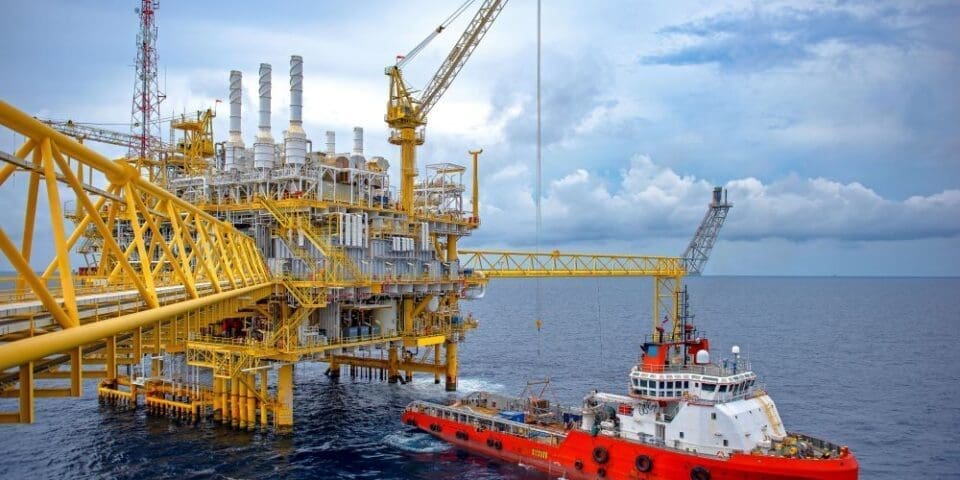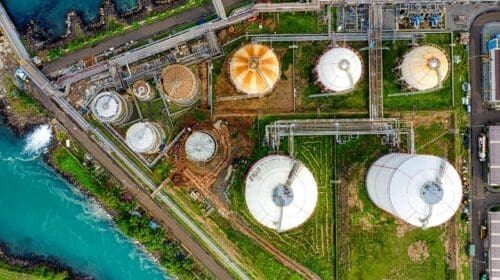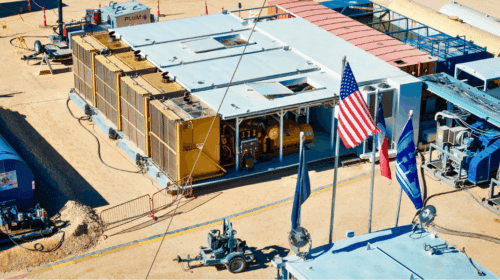The oil and gas industry is undergoing a significant transformation, driven by the advent of artificial intelligence, machine learning, industrial automation, and predictive maintenance technologies among others. These advancements enhance operational efficiency, safety, and cost-effectiveness across upstream, midstream, and downstream processes. Collectively termed the “smart oilfield,” this suite of advancements represents a pivotal shift in industry operations.
According to Consegic Business Intelligence, the smart oilfield market is anticipated to grow at a CAGR of 5.9% during the forecast period spanning from 2023 to 2030. The market is expected to reach a valuation of USD 2,632.27 million by 2030, signifying substantial growth from its 2022 value of USD 1,672.37 million.
Predictive maintenance involves using data-driven techniques to predict equipment failures before they occur. By leveraging advanced sensors, IoT devices, and sophisticated algorithms, companies can monitor the condition of their assets in real-time and make informed maintenance decisions. This proactive approach helps to minimize unplanned downtime, reduce maintenance costs, and extend the lifespan of critical equipment.
Real-Time Data Collection and Analysis
One of the key components of predictive maintenance is real-time data collection. Modern oil and gas operations employ a vast number of sensors and IoT devices to continuously monitor equipment performance. These devices collect data on various parameters such as temperature, vibration, pressure, and flow rates. For instance, offshore drilling platforms are equipped with sensors that monitor the health of drilling rigs and other critical machinery. This data is then transmitted to centralized systems where it is analyzed using advanced algorithms. Recent developments in edge computing further enhance this process by enabling data analysis at the source, reducing latency, and providing instant insights into equipment health.
Advanced Analytics and Machine Learning
The use of advanced analytics and machine learning (ML) is at the heart of predictive maintenance. These technologies analyze historical and real-time data to identify patterns and predict potential failures. Machine learning models are trained on vast datasets, allowing them to recognize anomalies and correlations that may indicate impending issues. For example, Shell has implemented predictive maintenance solutions that utilize machine learning to analyze data from their equipment. By doing so, they have been able to reduce unplanned downtime by 20% and cut maintenance costs by 15%. Similarly, BP has integrated ML algorithms into its operations to predict equipment failures and optimize maintenance schedules, resulting in significant cost savings and increased operational efficiency.
Integration with Digital Twins
Digital twin technology is another innovative advancement enhancing predictive maintenance in the oil and gas industry. A digital twin is a virtual replica of a physical asset, process, or system. It allows operators to simulate and analyze the performance of their equipment in a virtual environment. By integrating predictive maintenance with digital twins, companies can conduct real-time simulations and what-if analyses to predict equipment behavior under various conditions. This integration provides deeper insights into potential failure modes and helps in developing more effective maintenance strategies. For instance, GE Oil & Gas uses digital twins to monitor and optimize the performance of their gas turbines, leading to improved reliability and reduced maintenance costs.
Benefits and Future Prospects
The benefits of predictive maintenance in the oil and gas industry are substantial. Companies adopting these technologies can expect to see improved asset reliability, reduced maintenance costs, and enhanced safety. Moreover, predictive maintenance contributes to better resource management and environmental sustainability by preventing leaks and spills through timely maintenance actions. Looking ahead, the future of predictive maintenance in the oil and gas sector is promising. The ongoing advancements in artificial intelligence, IoT, and big data analytics will further enhance the accuracy and effectiveness of predictive maintenance solutions. As more companies embrace digital transformation, predictive maintenance will become an integral part of their operational strategy, driving efficiency and profitability.
Final Thoughts
Predictive maintenance is revolutionizing the oil and gas industry by enabling real-time monitoring, advanced data analytics, and proactive maintenance strategies. The integration of machine learning, IoT, and digital twin technologies is paving the way for more reliable and cost-effective operations. As the industry continues to evolve, predictive maintenance will play a crucial role in ensuring the sustainability and efficiency of oil and gas operations.
Oil and gas operations are commonly found in remote locations far from company headquarters. Now, it's possible to monitor pump operations, collate and analyze seismic data, and track employees around the world from almost anywhere. Whether employees are in the office or in the field, the internet and related applications enable a greater multidirectional flow of information – and control – than ever before.










